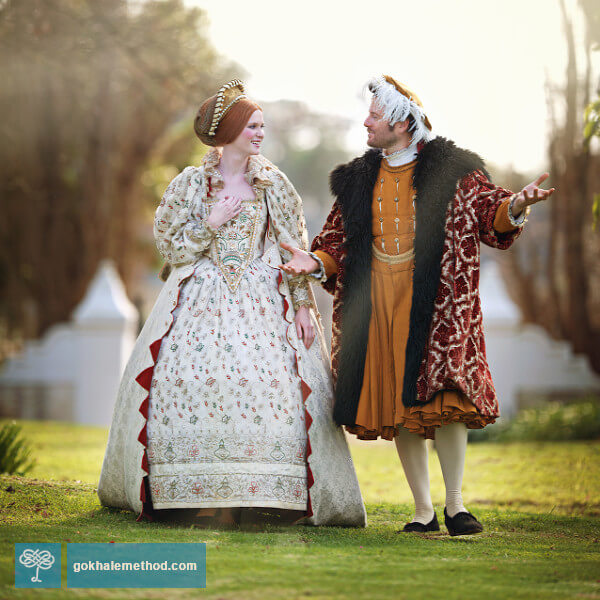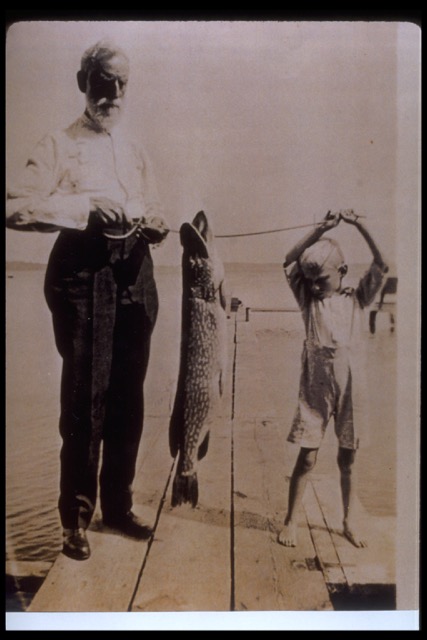Some years ago I had a student who had difficulty engaging his glutes and leaving his back heel down while walking. I had guided him through my usual toolbox of techniques and principles, but this piece still stubbornly failed to land. All of a sudden something dawned on him, and he exclaimed, “Oh, it’s a jaunty walk!” and proceeded to do exactly what I had been trying to teach him with an additional spring in his step.
Good Standing and a Positive Stance
For some, Summer is a time of rest, relaxation and vacation. Unfortunately, for teens and young adults, these months are often wrought with the anxiety of life ahead: starting college, searching for a job...It is important to address the major role our bodies play in how we weather times of stress and uncertainty.
We’ve always known that there is a connection between the physical and the emotional. We know how hard it is not to get grumpy when we aren’t feeling our best. Being laid up with a cold or fighting a headache can spoil anyone’s mood.
Now there is a mounting body of scientific research suggesting this connection is much stronger than simply reacting to discomfort or pain. It appears


